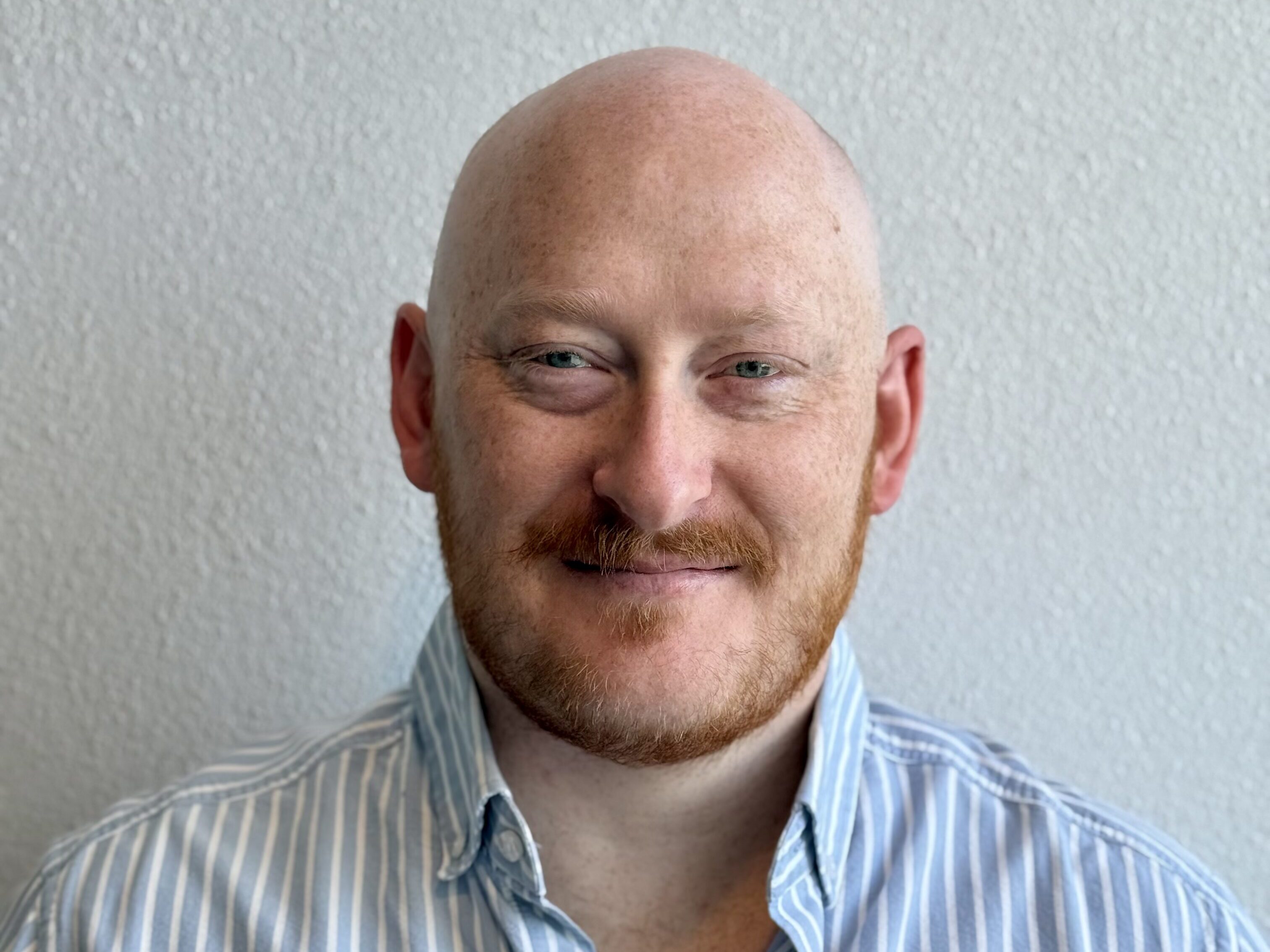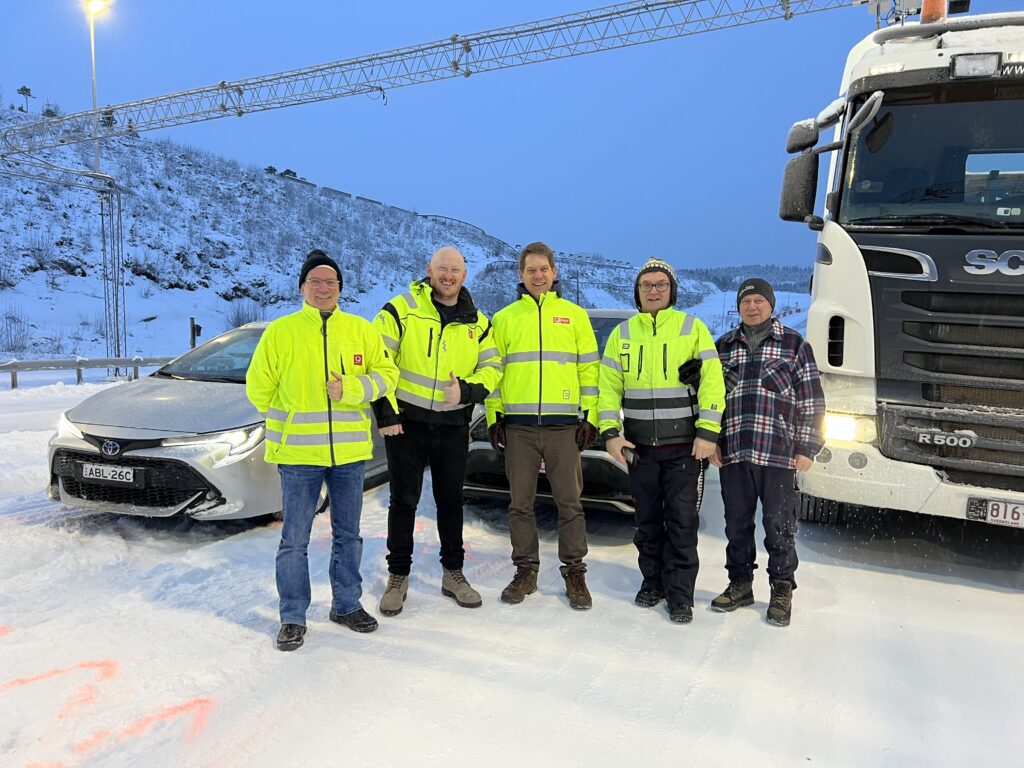

News
Building smarter infrastructure in Australia: A conversation with Chris Valle
From gantries to green goals, Australia’s tolling infrastructure is evolving fast — and Q-Free is helping lead the way.
We sat down with Chris Valle, Project and Construction Manager for Q-Free Australia, to talk about what’s happening behind the scenes. From major upgrade projects to the growing focus on safety, sustainability, and innovation, Chris offers an inside look at how the Australian team keeps systems — and people — operating smoothly, reliably, and safely.

Chris, would you start by giving us a picture of the kinds of projects your team has been working on recently?
Right now, one of our biggest undertakings is a major tolling upgrade project in Sydney. At the same time, we’re managing the service and maintenance of a wide range of transport assets not just in Sydney, but also across Brisbane, Melbourne, and other regions.
Our work really spans the whole spectrum — we’re installing and upgrading tolling brackets and gantries to improve structural longevity, setting up roadside cabinets with new system integrations, and carrying out the associated civil works. On top of that, we also deliver at the backend, installing and commissioning servers in data centers.
Whether it’s an upgrade project or ongoing maintenance, the goal is always the same: to keep systems reliable, safe, and running with as little disruption to road users as possible.
That’s a broad and very important scope: What do you find yourself focusing on most when you’re delivering these projects?
Safety is absolutely at the center of everything we do. New South Wales and Queensland have some of the strictest Work Health and Safety frameworks in Australia, so we put a lot of energy into making sure we meet — and ideally exceed — those requirements. That means working closely with regulators, traffic management providers, and our clients, and following through with things like detailed pre-starts, hazard identification, and site-specific risk assessments.
But beyond the formal processes, I’d say our culture of open communication is just as important. Safety isn’t something you can enforce only through paperwork; it has to be lived out by the people on site. We make sure everyone feels empowered to raise issues, challenge processes, and share lessons. When that happens, you get safer outcomes – not just for our workforce, but also for the travelling public.
You’ve been in the industry a while, what kinds of changes have you noticed in how safety and sustainability are approached in Australia?
I think the shift has been really noticeable in the past few years. Safety is no longer about ticking boxes – it’s about engagement, accountability, and giving people the confidence to take ownership. That cultural change is a big step forward.
Technology has also accelerated things. Digital platforms now let us log near misses, safety observations, and even environmental impacts in real time. That immediacy helps us respond faster and share knowledge across teams.
And then there’s sustainability, which has become front-of-mind for everyone. Clients for example are not only asking, “Can you deliver this project?”, but also “, and how are you delivering it?” Issues like waste reduction, responsible sourcing, and energy-efficient systems are now part of almost every conversation.
The interesting thing is how all of this ties into trust. These days, a client’s confidence in you isn’t just about whether you can meet the deadline — it’s about your safety record and your sustainability leadership as well.

Looking ahead, how do you see these themes – safety, sustainability, technology – shaping the industry over the next few years?
I believe they’ll only become more embedded in how projects are judged. In the most progressive states and environments, projects will be evaluated as much on environmental impact and worker wellbeing as on timelines and budgets. That’s going to push even more collaboration between contractors, technology providers, and clients.
The challenge will be balance. There’s always a temptation to add more layers of process, but if we’re not careful, that can slow things down and create the very delays we’re trying to avoid. The sweet spot is making sure frameworks are efficient, actionable, and actually supportive of productivity — while still keeping safety and sustainability front and center.
And what about Q-Free specifically? What do you think sets your team apart in this environment?
For us, it’s the ability to bring together global innovation and local accountability. We operate in some of the most heavily regulated and high-risk environments in the world, and we do it with transparency, consistency, and a culture built on communication.
Our clients know that we’ll not only deliver but also lead with safety. That gives them confidence — confidence that their infrastructure will be reliable and that their people, and the public, are in safe hands.
Finally, is there anything you’d like to add — something you think is important for people to understand about how you approach your work?
At the end of the day, it all comes down to collaboration. At Q-Free, we don’t just “deliver projects” — we work alongside our clients to deliver infrastructure solutions. By setting clear goals and keeping communication open, we build trust that allows projects to succeed, even when the environment is challenging:
That partnership mindset is what enables Q-Free to deliver infrastructure that’s not only smart and safe, but built to serve communities for generations to come.